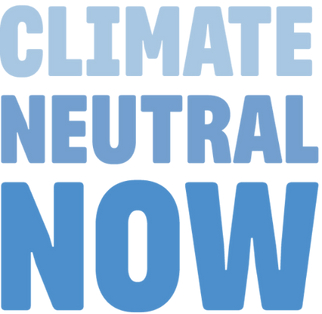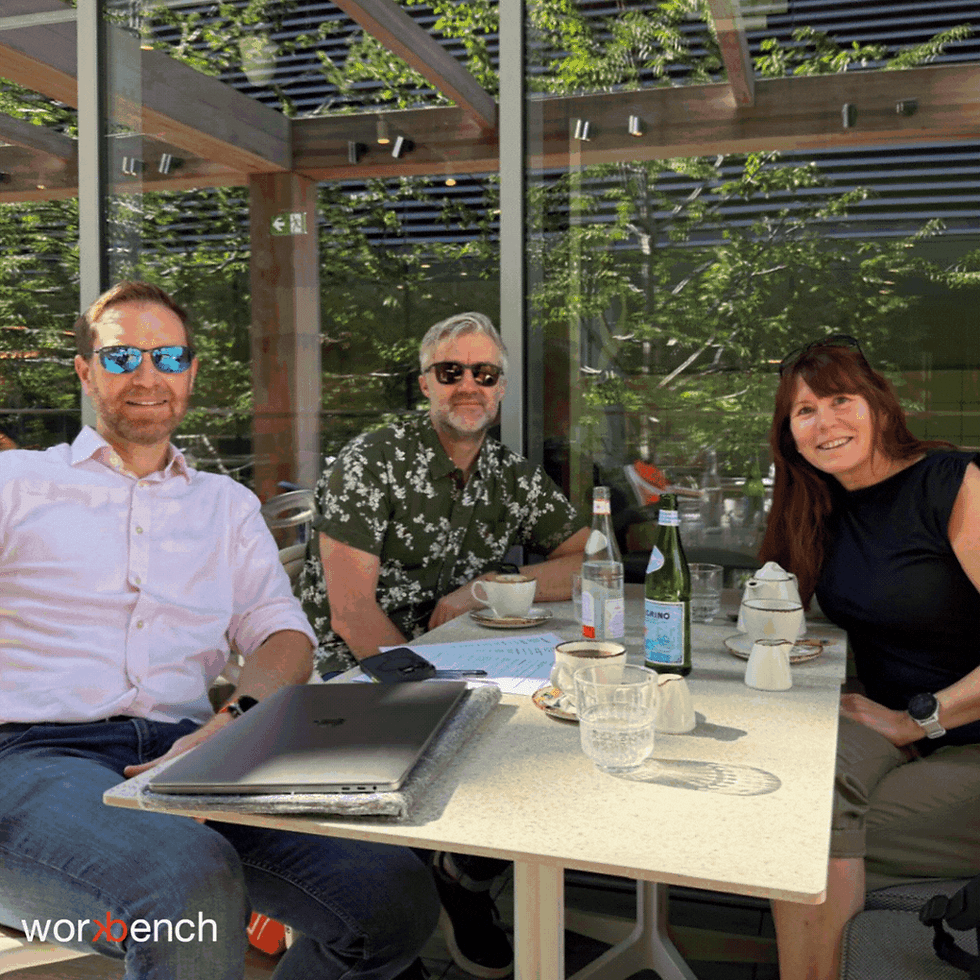Climate Neutral Exceeding Expectations
- workbenchdesign

- Mar 27, 2023
- 3 min read
It’s one thing setting yearly targets, it's another knocking them out of the park.

Our carbon footprint for the year 2021-22 has been posted to the United Nations Climate Neutral Now website [click here]. Workbench has measured scope 1, 2 and full scope 3, and our calculations have been verified by a third party. In the last year we have not only reduced our carbon intensity but we have also offset the entire remaining carbon footprint, 1,081 tonnes of CO2 with investment into a United Nations hydro power project. Workbench for the second year running is carbon neutral.
So what did we do to reduce our intensity ?
At Workbench, we always look to improve, and like many things it often starts with the small changes, changes like packaging. During our first year of carbon foot printing, we learnt boatloads about our company by taking a deep dive in to the facts and figures required to calculate a carbon footprint. Calculating our carbon footprint allowed us to set our first targets; one of which was to reduce our single use packaging by 10% for the next year.
We ended up reducing our single use packaging by 20%!
By swapping out for blanket wrapping on many large-scale projects, we dramatically reduced the waste. However blanket wrapping comes with its own problems and is a great example of why seemingly obvious carbon choices at the start of a project can create bigger problems down the line. Blanket wrapped product is not as easy for our fitting teams to handle. Due to the high-quality and value of our products we have to weigh up the vulnerability and possibility of having to repair damage when blanket wrapping, against the carbon cost of single use packaging. Our journey into the sustainable packaging world has further to go and we will continue our investigations to find the most effective and environmentally safe options, while also keeping our product in perfect condition during deliveries.

So, targets for this year? We are now updating our software, and investing time and resource into creating functions that will help us more accurately document what our products are made of. Better recording of the materiality of the furniture we produce no matter how bespoke presents real opportunities for our clients when reporting their own carbon footprint. Doing so allows us to identify which components in products have a high carbon output, so we can look to replace parts with more sustainable options as well as identify how we can design in a longer life cycle, or better still a circular life cycle. Workbench has learnt a lot over the last few years about its carbon footprint and there is much more to come. As we focus on our supply chain for carbon conscious practices and more sustainable solutions our clients will continue to see the benefits of working with us. There is no sign of this carbon zero journey slowing down.
As part of our carbon neutral pledge we have invested in Project 2936 : 24 MW Bhilangana – 111 Hydro Power Project [click here], full project outline [click here]. This project provides a wealth of opportunities socially, economically, as well as environmentally. By providing energy to areas previously without, along with jobs, infrastructure and training, the project will aim to ‘adhere to and contribute to India’s national policy of providing clean energy’, which benefits all nations.



















